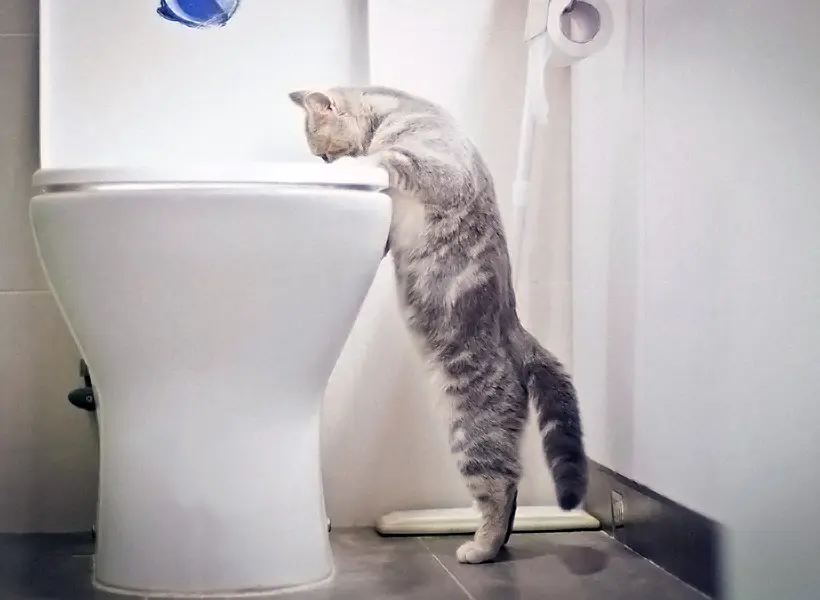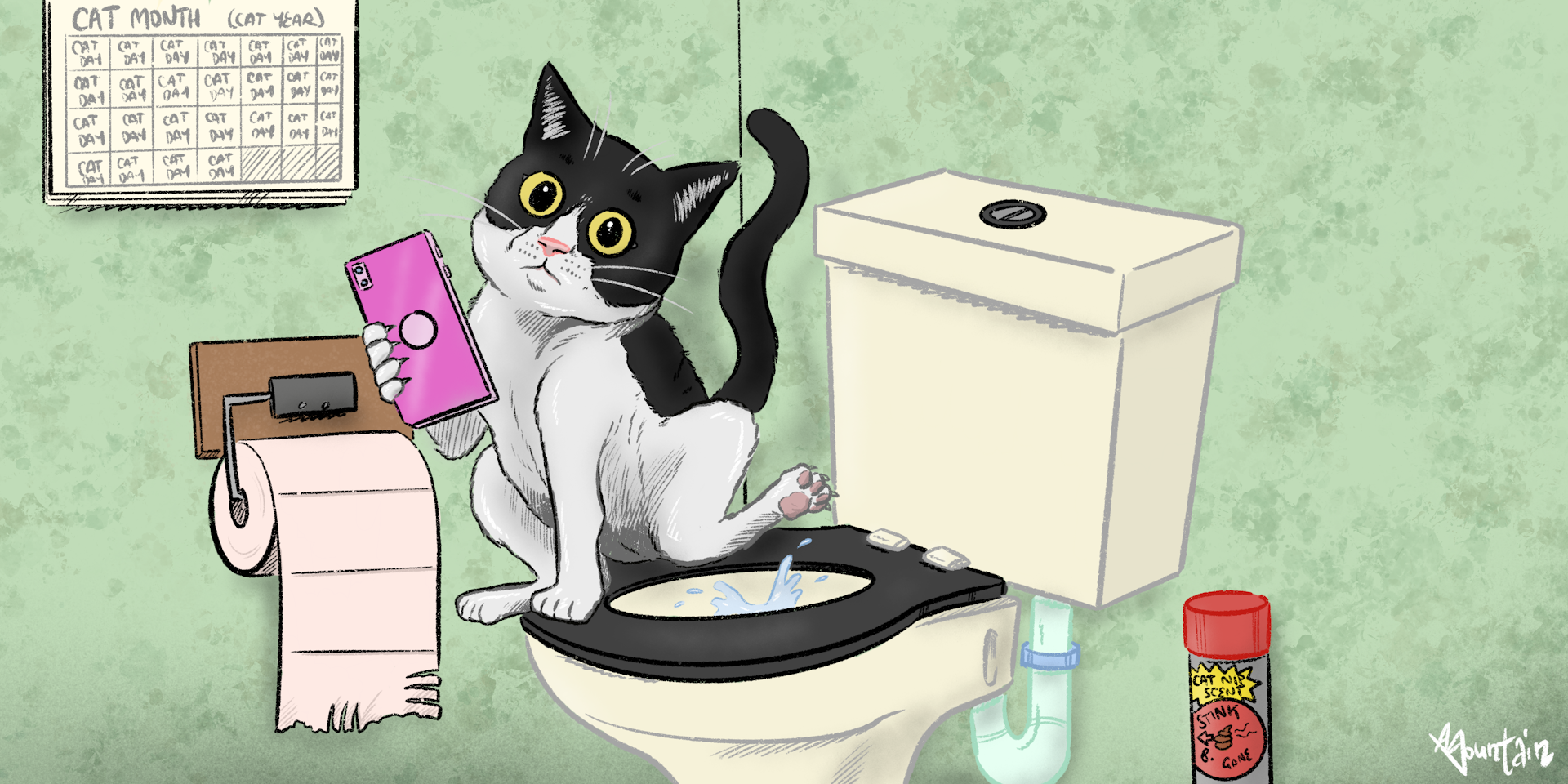Never Flush Cat Poop Down Your Toilet - Safeguard Your Plumbing Infrastructure
Never Flush Cat Poop Down Your Toilet - Safeguard Your Plumbing Infrastructure
Blog Article
How do you actually feel with regards to How to Dispose of Cat Poop and Litter Without Plastic Bags?

Intro
As pet cat proprietors, it's important to be mindful of how we get rid of our feline good friends' waste. While it might seem hassle-free to purge pet cat poop down the commode, this method can have detrimental repercussions for both the setting and human health.
Environmental Impact
Flushing feline poop introduces hazardous pathogens and parasites into the water, positioning a considerable threat to marine environments. These contaminants can adversely influence aquatic life and concession water quality.
Health and wellness Risks
Along with environmental problems, flushing cat waste can likewise pose health risks to human beings. Cat feces may contain Toxoplasma gondii, a bloodsucker that can cause toxoplasmosis-- a possibly severe disease, particularly for pregnant females and individuals with weakened immune systems.
Alternatives to Flushing
Thankfully, there are more secure and more liable means to dispose of pet cat poop. Consider the adhering to choices:
1. Scoop and Dispose in Trash
One of the most typical approach of dealing with feline poop is to scoop it into a naturally degradable bag and toss it in the garbage. Be sure to make use of a devoted trash scoop and get rid of the waste quickly.
2. Usage Biodegradable Litter
Select naturally degradable cat clutter made from materials such as corn or wheat. These clutters are eco-friendly and can be securely thrown away in the trash.
3. Hide in the Yard
If you have a backyard, consider burying pet cat waste in a designated location far from vegetable gardens and water sources. Make sure to dig deep sufficient to prevent contamination of groundwater.
4. Install a Pet Waste Disposal System
Invest in an animal waste disposal system particularly created for feline waste. These systems use enzymes to break down the waste, lowering smell and environmental influence.
Conclusion
Accountable pet ownership prolongs beyond supplying food and shelter-- it also entails appropriate waste administration. By refraining from flushing cat poop down the commode and going with alternative disposal techniques, we can lessen our environmental impact and safeguard human health and wellness.
Why Can’t I Flush Cat Poop?
It Spreads a Parasite
Cats are frequently infected with a parasite called toxoplasma gondii. The parasite causes an infection called toxoplasmosis. It is usually harmless to cats. The parasite only uses cat poop as a host for its eggs. Otherwise, the cat’s immune system usually keeps the infection at low enough levels to maintain its own health. But it does not stop the develop of eggs. These eggs are tiny and surprisingly tough. They may survive for a year before they begin to grow. But that’s the problem.
Our wastewater system is not designed to deal with toxoplasmosis eggs. Instead, most eggs will flush from your toilet into sewers and wastewater management plants. After the sewage is treated for many other harmful things in it, it is typically released into local rivers, lakes, or oceans. Here, the toxoplasmosis eggs can find new hosts, including starfish, crabs, otters, and many other wildlife. For many, this is a significant risk to their health. Toxoplasmosis can also end up infecting water sources that are important for agriculture, which means our deer, pigs, and sheep can get infected too.
Is There Risk to Humans?
There can be a risk to human life from flushing cat poop down the toilet. If you do so, the parasites from your cat’s poop can end up in shellfish, game animals, or livestock. If this meat is then served raw or undercooked, the people who eat it can get sick.
In fact, according to the CDC, 40 million people in the United States are infected with toxoplasma gondii. They get it from exposure to infected seafood, or from some kind of cat poop contamination, like drinking from a stream that is contaminated or touching anything that has come into contact with cat poop. That includes just cleaning a cat litter box.
Most people who get infected with these parasites will not develop any symptoms. However, for pregnant women or for those with compromised immune systems, the parasite can cause severe health problems.
How to Handle Cat Poop
The best way to handle cat poop is actually to clean the box more often. The eggs that the parasite sheds will not become active until one to five days after the cat poops. That means that if you clean daily, you’re much less likely to come into direct contact with infectious eggs.
That said, always dispose of cat poop in the garbage and not down the toilet. Wash your hands before and after you clean the litter box, and bring the bag of poop right outside to your garbage bins.
https://trenchlesssolutionsusa.com/why-cant-i-flush-cat-poop/

I was made aware of that editorial about How to Dispose of Cat Poop and Litter Without Plastic Bags from an acquaintance on a different domain. Sharing is caring. One never knows, you may be helping someone out. I praise you for your time. Kindly pay a visit to our website back soon.
Details Report this page